Machine vision is a rapidly growing field, with applications in various industries, from manufacturing to healthcare. However, integrating optical systems into machine vision applications can be a challenge. This is because optical systems must be designed to meet the specific requirements of the application, and they must be integrated with other components of the system, such as the camera and the image processing software.
If you are interested in learning more about optical system integration for machine vision applications, you can visit our website to learn more about our products and services.
Key Components of an Optical System for Machine Vision
An optical system for machine vision typically consists of the following components:
Lens: The lens focuses the light from the object onto the sensor.
Filter: The filter blocks unwanted light from the image, such as infrared light or stray light.
Camera: The camera captures the image of the object.
Image processing software: The image processing software analyzes the image and extracts the desired information.
Each of these components plays an important role in the optical system, and they must be carefully selected and integrated to ensure that the system meets the desired performance requirements.
How to Integrate an Optical System with a Machine Vision Camera
Integrating an optical system with a machine vision camera can be a challenging task. However, there are a few steps that can be followed to make the process easier.
Select the right optical system for the application. The optical system must be able to meet the specific requirements of the application, such as the field of view, resolution, and sensitivity.
Design the optical system to interface with the camera. The optical system must be designed to fit the camera and to provide the desired image quality.
Mount the optical system to the camera. The optical system must be securely mounted to the camera to ensure that it does not move during operation.
Align the optical system with the camera. The optical system must be aligned with the camera so that the image is properly focused.
Once the optical system is integrated with the camera, it can be used to capture images of objects. The images can then be processed using image processing software to extract the desired information.
Best Practices for Optical System Integration
There are a few best practices that can be followed to ensure that the optical system is integrated correctly and that it meets the desired performance requirements.
Use a qualified optical engineer to design and integrate the optical system. An optical engineer has the knowledge and experience to design and integrate optical systems that meet the specific requirements of the application.
Use high-quality components in the optical system. The quality of the components in the optical system will have a significant impact on the performance of the system.
Test the optical system thoroughly before it is put into production. The optical system should be tested to ensure that it meets the desired performance requirements.
By following these best practices, you can ensure that the optical system is integrated correctly and that it meets the desired performance requirements.
If you are looking for a qualified optical engineer to help you with your optical system integration project, be sure to check out our website. We have a team of experienced optical engineers who can help you design and integrate optical systems that meet your specific requirements.
Product recommendation
TECHNICAL SOLUTION
MORE+You may also be interested in the following information
FREE CONSULTING SERVICE
Let’s help you to find the right solution for your project!


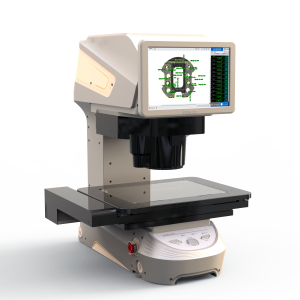
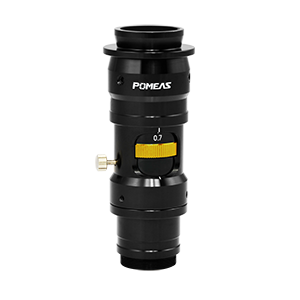
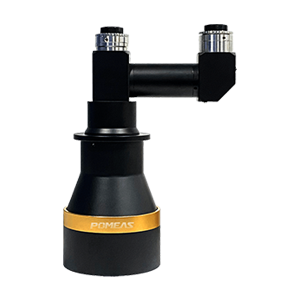

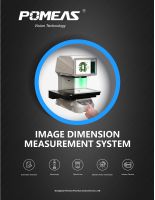

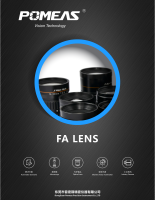
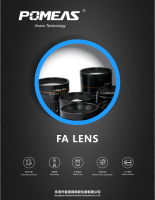

 ASK POMEAS
ASK POMEAS  PRICE INQUIRY
PRICE INQUIRY  REQUEST DEMO/TEST
REQUEST DEMO/TEST  FREE TRIAL UNIT
FREE TRIAL UNIT  ACCURATE SELECTION
ACCURATE SELECTION  ADDRESS
ADDRESS Tel:+ 86-0769-2266 0867
Tel:+ 86-0769-2266 0867 Fax:+ 86-0769-2266 0867
Fax:+ 86-0769-2266 0867 E-mail:marketing@pomeas.com
E-mail:marketing@pomeas.com
